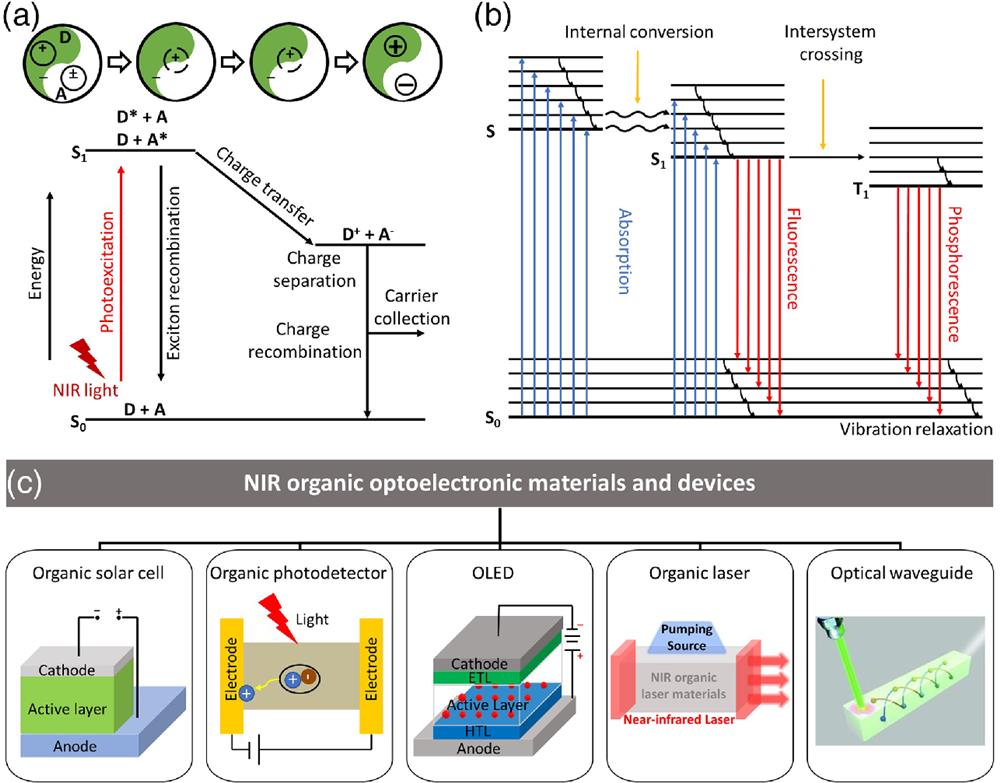[14] Y. Li et al. Near-infrared ternary tandem solar cells. Adv. Mater., 30, e1804416(2018).
[25] J. Clark, G. Lanzani. Organic photonics for communications. Nat. Photonics, 4, 438-446(2010).
[47] G. Li et al. Polymer solar cells. Nat. Photonics, 6, 153-161(2012).
[111] M. T. Lloyd et al. Photovoltaics from soluble small molecules. Mater. Today, 10, 34-41(2007).
[144] T. H. Maiman. Stimulated optical radiation in ruby. Nature, 187, 493-494(1960).
[149] F. P. Schafer et al. Organic dye solution laser. Appl. Phys. Lett., 9, 306-309(1966).
[157] W. Zhang et al. Organic micro/nanoscale lasers. Acc. Chem. Res., 49, 1691-1700(2016).




